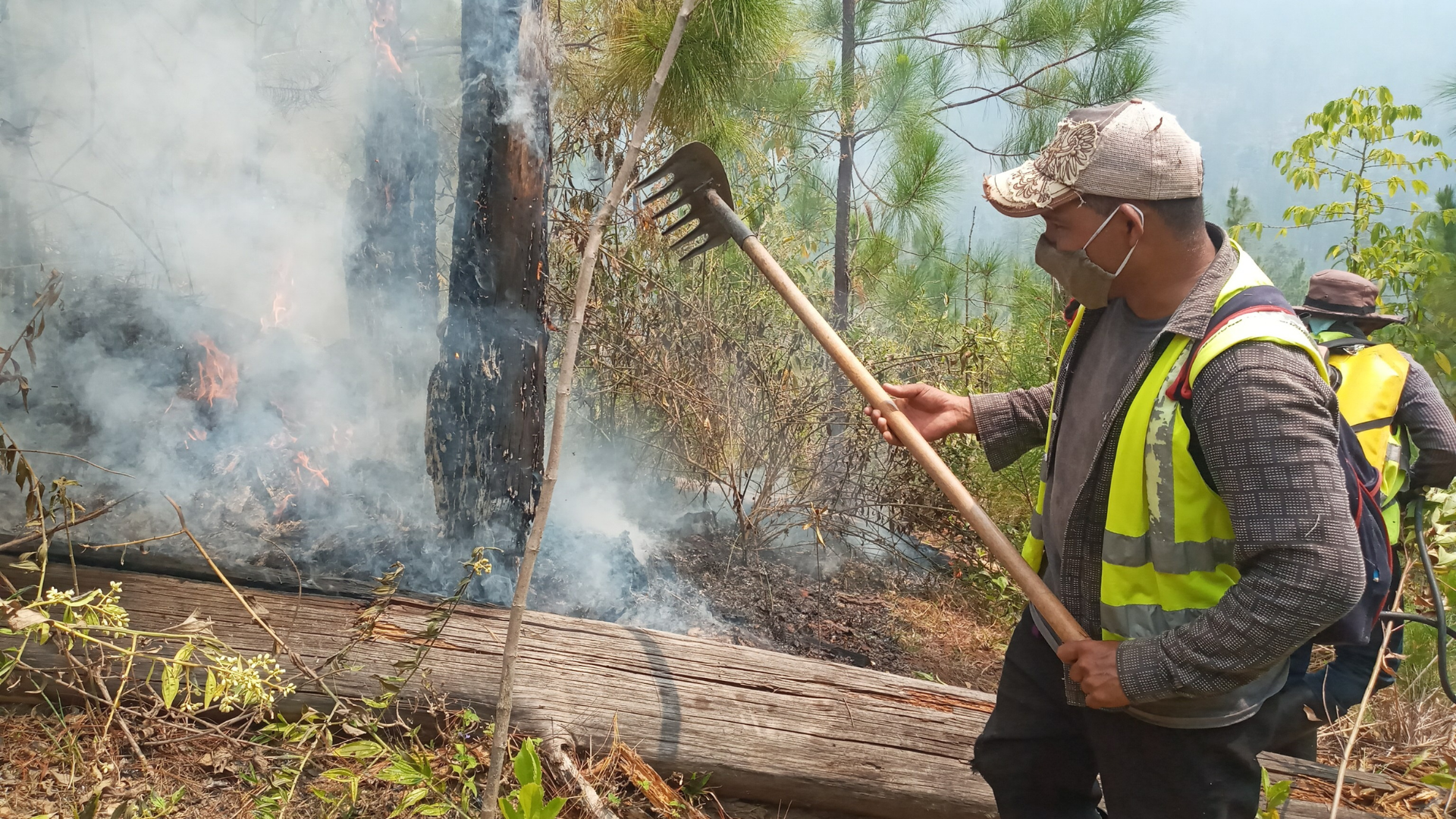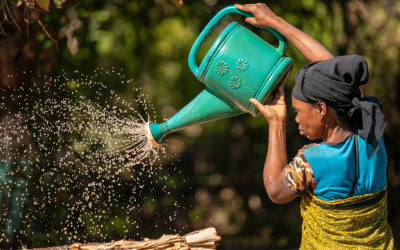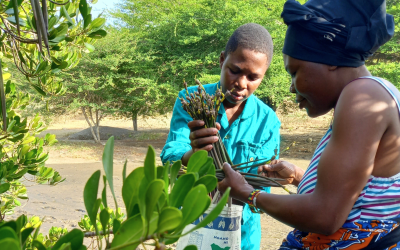
Wildfires are becoming an increasingly common and destructive force around the world. In 2023, these fires burnt 399.92 million hectares, releasing 6.67 billion tonnes of CO2 into our atmosphere. Each fire season – spanning the driest and hottest months of the year – people and the planet experience the devastating fallout from these blazes, including threats to crucial ecosystems, homes and property, and the well-being, livelihoods, and safety of local communities.
Across Eden’s global network of projects, wildfires are some of the most damaging and difficult challenges we face. These fires not only endanger people and biodiversity but also risk undermining years of hard-won restoration work by degrading intact landscapes and forests.
In the coming weeks, the Eden team will share in-depth information about wildfires and explore how our country teams are adapting to this growing challenge. To begin the conversation, we want to address some of the common misconceptions about wildfires and their impacts. Understanding the driving factors behind these disasters is essential to combating them effectively.
Work With Us to Prevent Wildfires & Further Degradation
By understanding more about wildfires, we can work together to prevent and mitigate these global drivers of degradation and deforestation. By supporting our landscape restoration efforts, you help us:
- Assist local communities in preventative measures, including cutting fire lines and performing routine underbrush clearings.
- Assess vulnerable areas for wildfire threats.
- Engage with global communities to foster understanding of the drivers behind wildfires.
- Provide tools and resources needed for fire prevention.
Together, we are making a difference in preventing and combating the effects of climate change and wildfires. Learn how you can make a greater impact for people and the planet today.
[Call to Action was present in original content]
Here are a few common misconceptions about wildfires and the facts that debunk them:
Myth 1: All wildfires are beneficial for the environment.
Fact: While wildfires can play a natural role in maintaining healthy ecosystems by clearing out dead and diseased trees, the increasing frequency and intensity of recent wildfires are causing unprecedented damage. These fires are burning hotter and more extensively, degrading ecosystems and threatening biodiversity.
Myth 2: All wildfires are caused by human activities.
Fact: While many wildfires are sparked by human activities such as unattended campfires or discarded cigarettes, natural causes such as lightning can also start fires, and they are amplified due to high temperatures and dry weather. It’s important to address both natural and human-induced factors in wildfire prevention and mitigation strategies.
Myth 3: There is nothing you can do to prevent wildfires.
Fact: There are many steps individuals and communities can take to reduce wildfire risks. These include creating defensible spaces around homes, following local fire regulations, and participating in community fire prevention programs.
Myth 4: Only dry, forested areas are at risk of wildfires.
Fact: Wildfires can occur in a variety of landscapes, including grasslands, wetlands, and even urban areas. Prolonged periods of drought and extreme weather conditions can make many regions susceptible to wildfires.
Myth 5: Once a wildfire is out, the danger is over.
Fact: The aftermath of a wildfire can pose significant risks, including soil erosion, flash floods, and loss of habitat. Recovery and landscape restoration efforts are crucial to help ecosystems and communities rebuild and thrive.
Myth 6: Wildfires only threaten remote, rural areas.
Fact: Wildfires can and do impact urban areas, threatening homes, infrastructure, and human lives. Urban-wildland interfaces, where urban and wildland areas meet, are particularly vulnerable.


